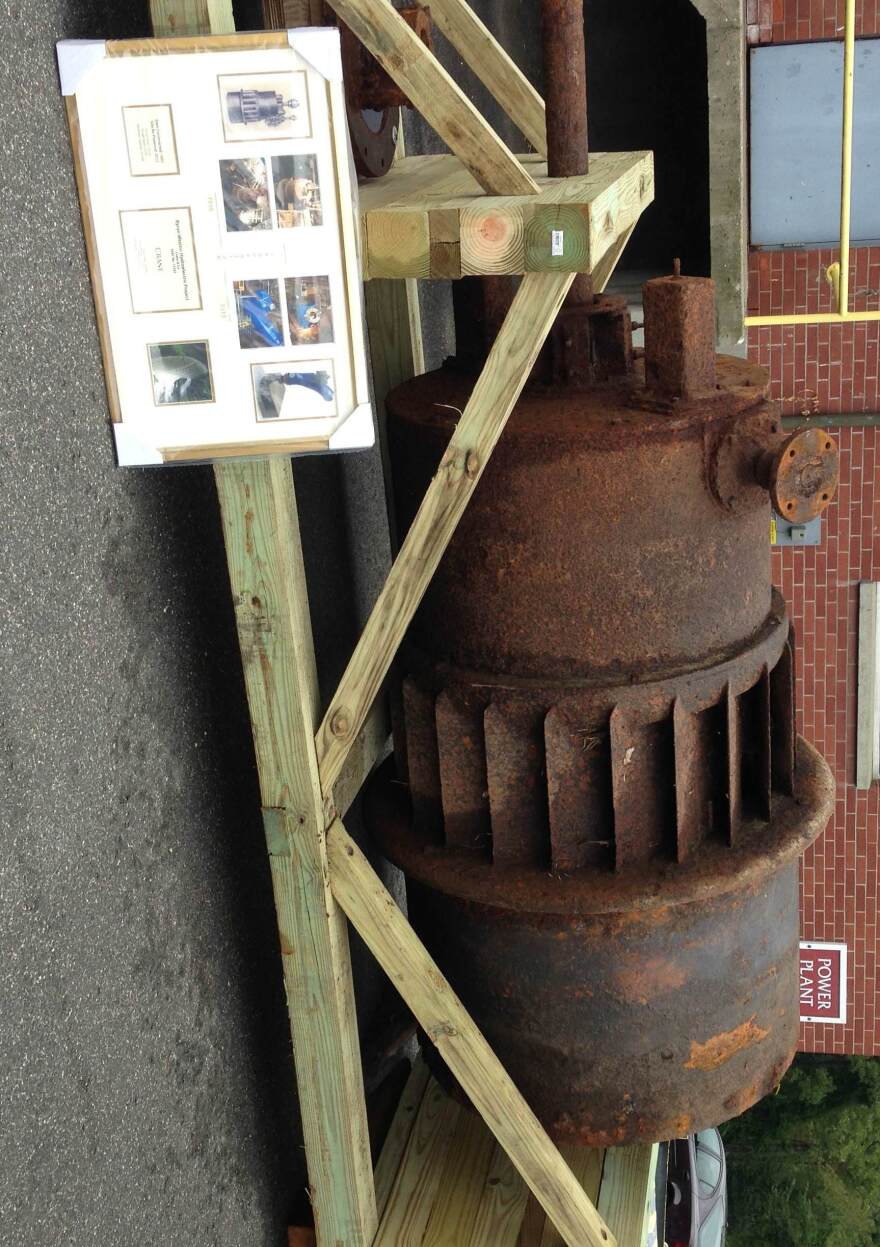
Paper manufacturer Crane & Co. is going back to its roots in Dalton, Massachusetts.
The Housatonic River will generate electricity at Crane’s Byron-Weston Mill in Dalton for the first time in more than 60 years. After 10 years of work and investing $1.5 million, the company has commissioned a new hydroelectric turbine that will generate about 1 million-kilowatt hours of electricity each year, enough energy to power 80 homes. Doug Crane is the Vice President of Business Development and Government Relations, and a seventh-generation ancestor of founder Zenas Crane.
“To revitalize and rebuild the hydroelectric capability here,” Crane said. “We are excited today to turn on the unit and sort of returning to our roots a little bit, letting the Housatonic give us just a little bit more power.”
The raw material mill first started using the river to generate electricity in 1887 when it was owned by the Byron-Weston Company, which Crane purchased in the 1960s. The mill’s hydroelectric function was decommissioned in the 1950s. The project included a partnership of almost three dozen local, state, and federal organizations including the Massachusetts Office of Technical Assistance. Gus Ogunbameru was the office’s team leader for the project. He says there was a sudden rise in manufacturing consumption of electricity from the power grid statewide in 2007. His office suggested Crane return to hydroelectric power to reduce the strain on the grid.
“This is something that we always try to push with the companies,” Ogunbameru said. “You can be compliant with environmental regulations in a way that will also benefit your bottom line.”
Crane & Co. CEO Stephen DeFalco says savings in electrical costs will allow the project to pay back its investment in six years. The new turbine is expected to reduce emissions of sulfur dioxide and nitrous oxide by 12,000 pounds and decrease output of 1.4 million pounds of greenhouse gases annually. Democratic State Senator Benjamin Downing says the new turbine addresses the company’s future sustainability.
“Crane will have clean, reliable, sustainable energy for generations to come without sacrificing what makes the Berkshires and western Massachusetts such a special place to work, to live, to grow up, to raise a family,” Downing said. “This is an incredibly beautiful region of the Commonwealth and we would not do well by our kids, and our kids’ kids, if we sacrificed in the short term what makes us so special in the long term.”
John Boyle is Chair of Dalton’s Select Board. He says the company is ahead of the curve when it comes to renewable energy.
“As much as we would like to think its new technology, it’s actually ashes to ashes,” Boyle said. “It’s a variation of the old water wheel. Crane is absolutely the backbone of central Berkshire.”
Doug Crane says his company continues to look for ways to decrease its reliance on the power grid by using the Housatonic, but receiving the proper permits to do so is a difficult process.
“This mill on the Housatonic actually has two dams,” Crane said. “At the moment we’re using the water that is held back by one of them. So there are opportunities in the future to reach back a little bit further to the top of the other dam perhaps. That proved to be more challenging from the permitting standpoint, as I understand it.”




